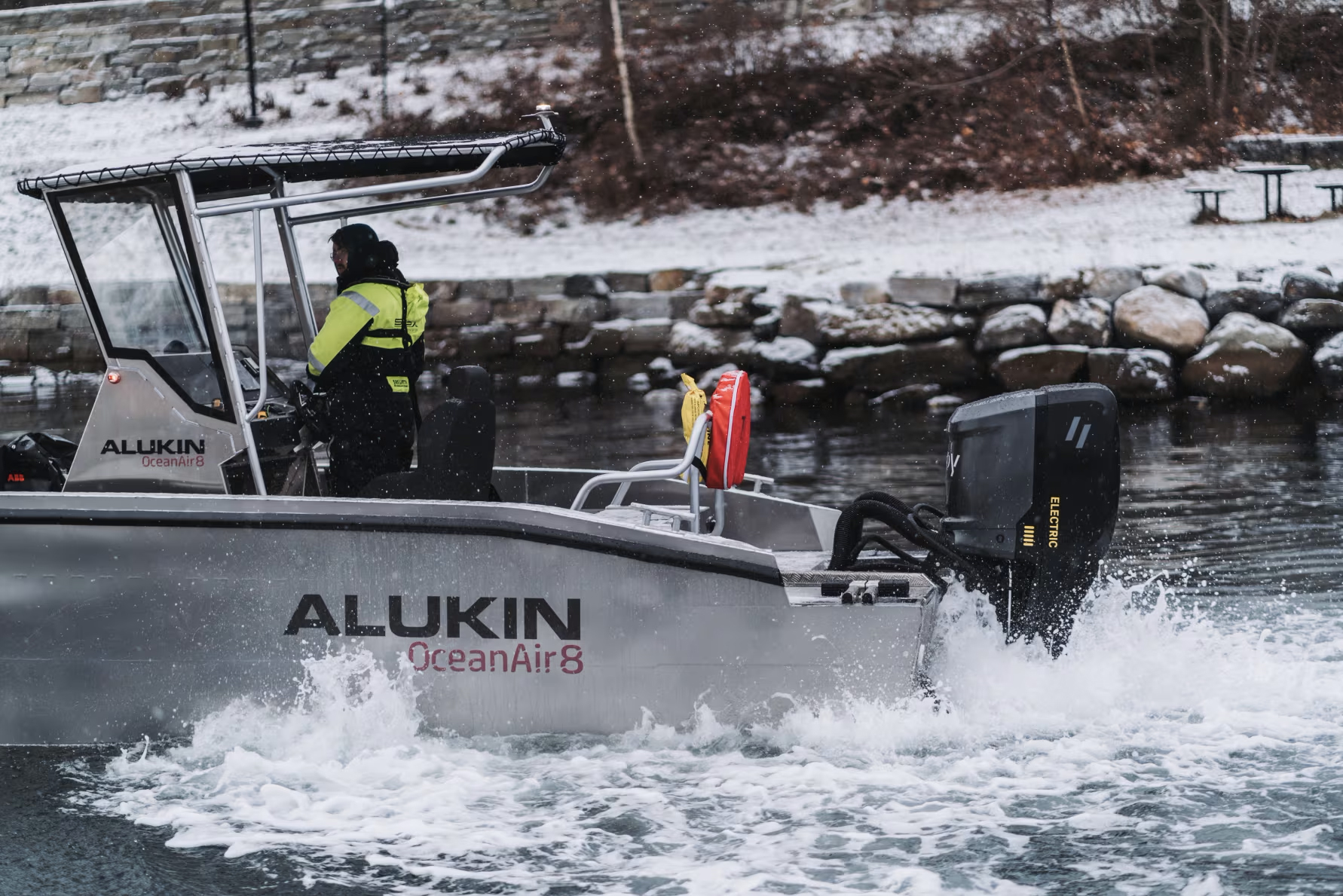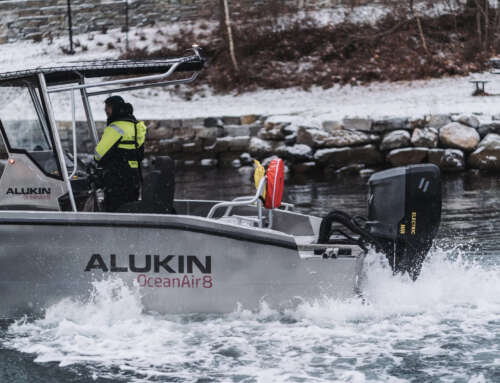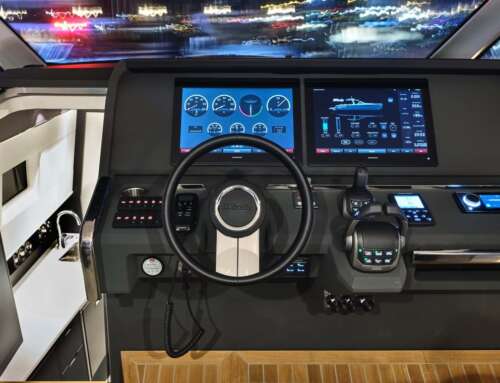Unlike land-based means of transport, a vessel’s fuel expenditure is not limited solely to the type of engine or the design of the vessel, but is also affected by a wide range of factors that, combined randomly or together, result in significant consumption. However, there are many aspects that can be optimized to reduce consumption and improve the performance of each boat, regardless of whether an inboard or outboard engine is used.
A reality in our country
Let’s start from a reality, 70% of the boats in our country have more power than necessary, specifically those with outboard engines. This phenomenon has multiple explanations. On the one hand, improvements in hull design and advances in hydrodynamic efficiency offered by shipyards are inspired by the culture of yacht racing and are enhanced by the introduction of high-end engines, the prices of which are often only slightly higher than those of a standard power.
It is not uncommon to see boats with 250 hp engines of the latest generation in the stern, when the power for which they were designed does not exceed 150 hp; an excess of 100 hp in the same boat is often not the wisest or safest decision. Regulation by our maritime authority has been excessively permissive over the last 20 years. Until not so long ago, the increase of power beyond the permissible limits was the sole responsibility of the owner. Today, however, more substantiated justifications are beginning to be demanded, with technical support that at least guarantees security.
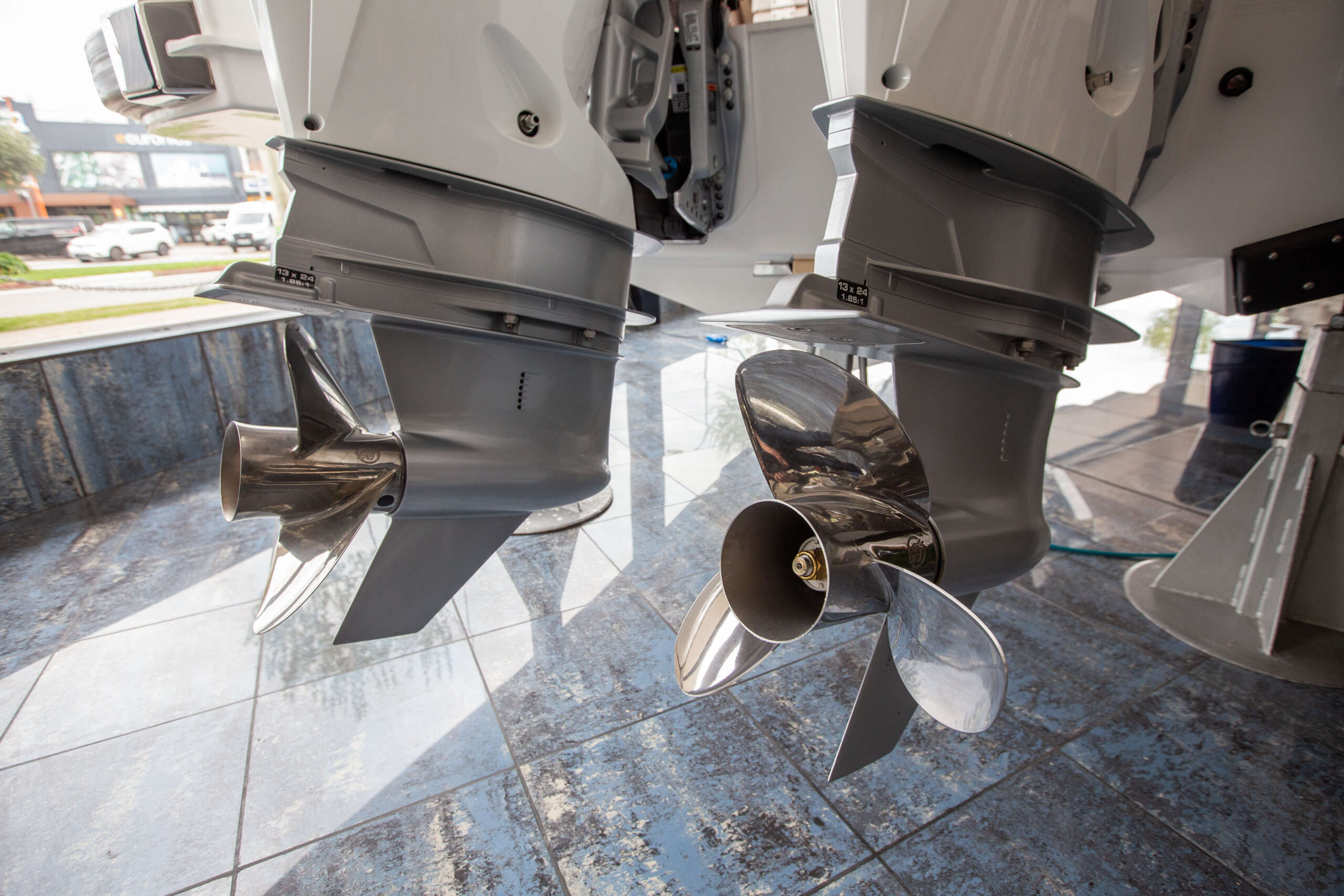
The “maximum speed” of a vessel is understood to be the highest point of its capacity to run at a specific speed, this being the only clearly defined value. In contrast, concepts such as “average speed”, “three-quarter speed”, “low speed”, “idle” or “glide speed” lack precision.
To fully understand the operation of the engine and its basic consumptions, it is essential to examine its power curve. This curve reflects the tests carried out by the manufacturer, indicating that each horsepower (hp) has a specific associated consumption, a fundamental data to start calculating and comparing our own consumption.
However, “top speed” is not always indicative of the highest consumption. Consumption often increases significantly as soon as the boat starts moving, using many revolutions per minute (rpm) until it reaches planing, and then stabilizes in both motion and consumption.
Economical cruising speed
The so-called “economic cruising speed” does not correspond to the minimum speed for the lowest consumption, since the minimum speed increases consumption due to the drag effect. Resistance, and therefore consumption, rises proportionally to the square of the speed.
Flat hulls offer greater speed and require less power, while traditional “V” hulls perform well in rough water.
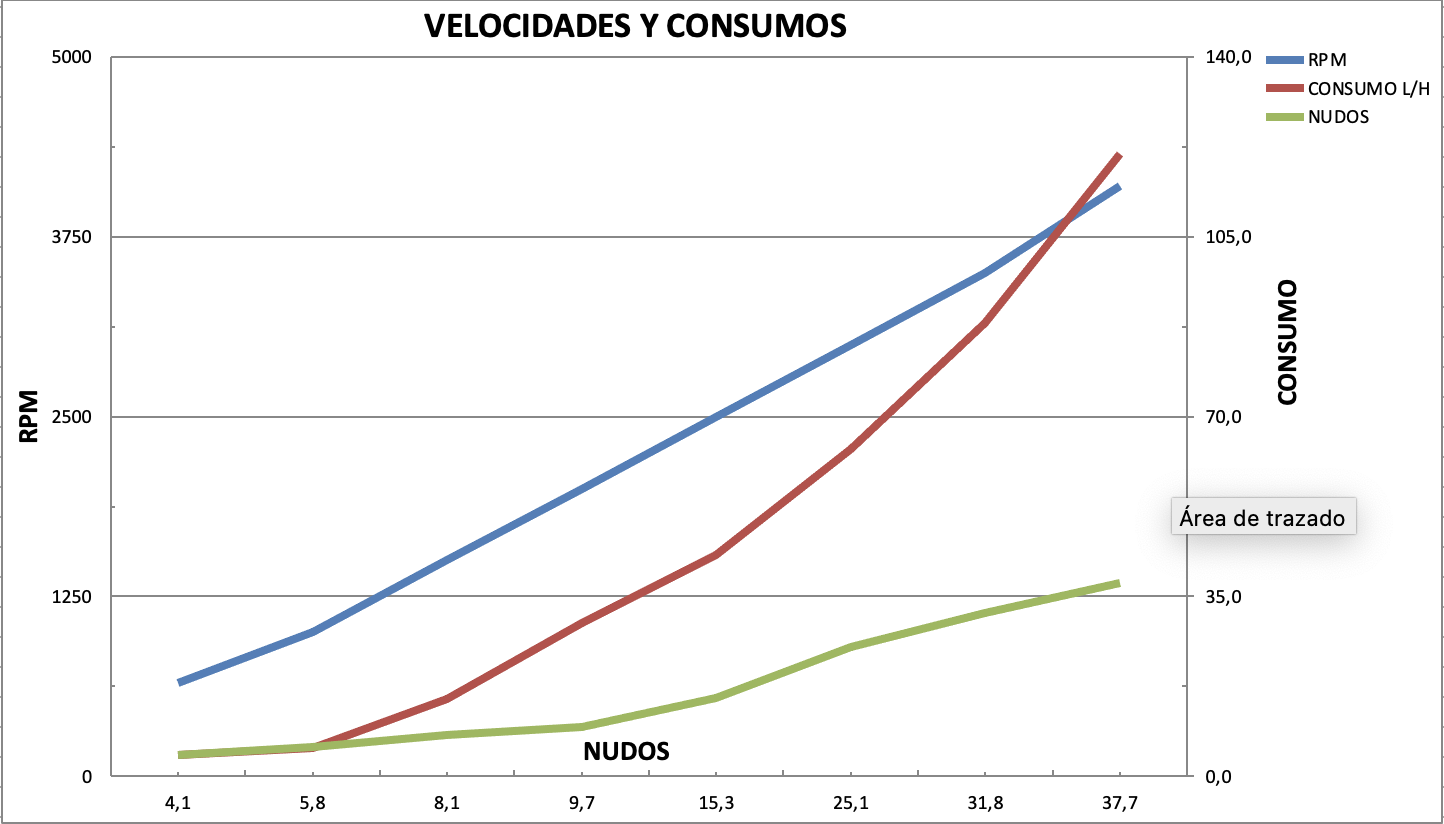
In this chart of a Marex 330 Scandinavia with a 2 x Mercury Diesel 3.0L 270 Hp (201 kW) each, with Bravo 3 tails, we observe that it allows us to maintain cruising speeds of around 25 knots at 3,000 rpm with a consumption per mile of 2.5 liters. In this way, ranges in excess of 250 miles can be achieved. Its top speed reached 37.7 knots at 4,100 rpm, demonstrating agile and sporty sailing with accelerations that put us on the glide within eight seconds from start-up.
Today’s technology has significantly optimized the power per liter ratio. This technological innovation has brought about a significant improvement in acceleration and emissions reduction, in strict compliance with international pollution regulations.
Currently, the control panels of most engines available on the market include a computer that, among many other functions, provides data on fuel consumption in real time. This feature becomes a valuable tool to efficiently manage performance and facilitate long distance navigation. Considering that most sailors are aware of their fuel tank capacity thanks to the instruments installed, I suggest a practical exercise to monitor consumption and look for ways to optimize it.

